Simply having a brand is not enough. It’s essential to continuously strengthen your brand’s associations in the minds of your target audience. We are so fortunate to have numerous ways to get our message across, and creating content is one of the ways to shape our own marketing strategy. With more and more people who rely on their mobile phones to get the information they need, we have greater chances to increase awareness more than ever. Live videos, web stories and offering online courses are just some of the ways to let your audience be familiar with your brand and to eventually earn their trust. Another tip is to make your content easier to share by creating short quotes and snippets from your blog or podcast, and turning them into a Facebook or Instagram post. The more familiar your target audience is with your brand, the easier it will be to establish your name and the best that you have to offer.
6 Ways to Build Brand Authority With Content Marketing
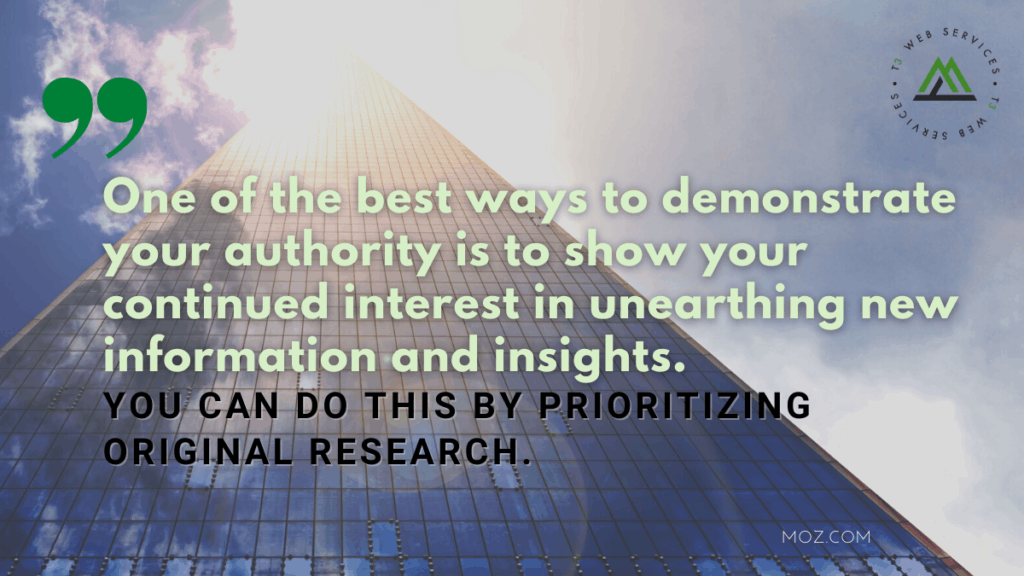

Becoming an authoritative brand is no easy feat, but the massive benefits are worth the effort.
When you’ve built authority, potential customers and clients begin to count on you and trust you — and it’s hard to imagine that trust not leading to a sale (at some point).
But how exactly can a brand begin to build, or build upon, their authority? Content is an excellent way, and in this article, I’ll go through my tips on how it can be done.
1. Answer your audience’s questions
If you’re not doing this, there’s virtually no way you’ll become an authority. People grow to rely on brands when those brands provide the information they’re looking for, so if your content marketing doesn’t incorporate those answers, you’re not demonstrating to your audience why they should trust you.
By building on-site content that provides this kind of value, you can build authority while simultaneously building more awareness for your brand. In other words, you can position yourself as an expert for those who don’t already know you.
Search is a huge component of why this content tactic works. Google does a significant amount of curation for users, choosing what it thinks is the most appropriate results for a particular query. When users see that you’re ranking at the top for a certain keyword or topic, there’s an assumption you made it through the algorithm for good reason and know what you’re talking about.
As an example, I searched “shoe size chart,” which, according to Keyword Surfer, gets 49,500 monthly searches in the U.S. alone. Here’s one of the top results from Famous Footwear:
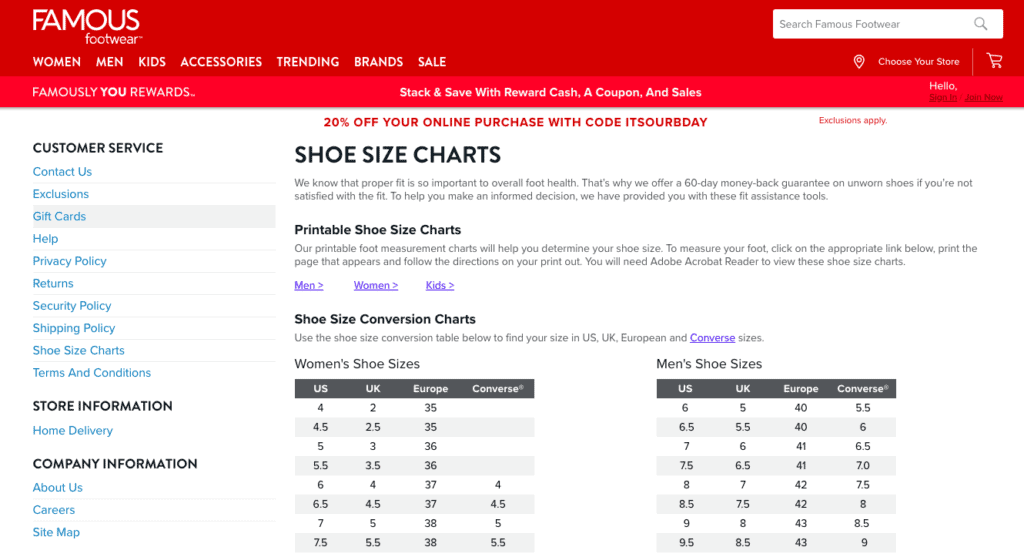
Presumably, people are searching for this because they want to buy shoes, but they’re not sure what size to get. If they click this result, not only are they now on the website, but they recognize that this brand provided the answer they were looking for. Perhaps they’ll even browse for shoes while they’re on the site.

https://moz.com/blog/build-brand-authority-with-content-marketing
7 Creative Ways to Increase Your Content Distribution and Promotion
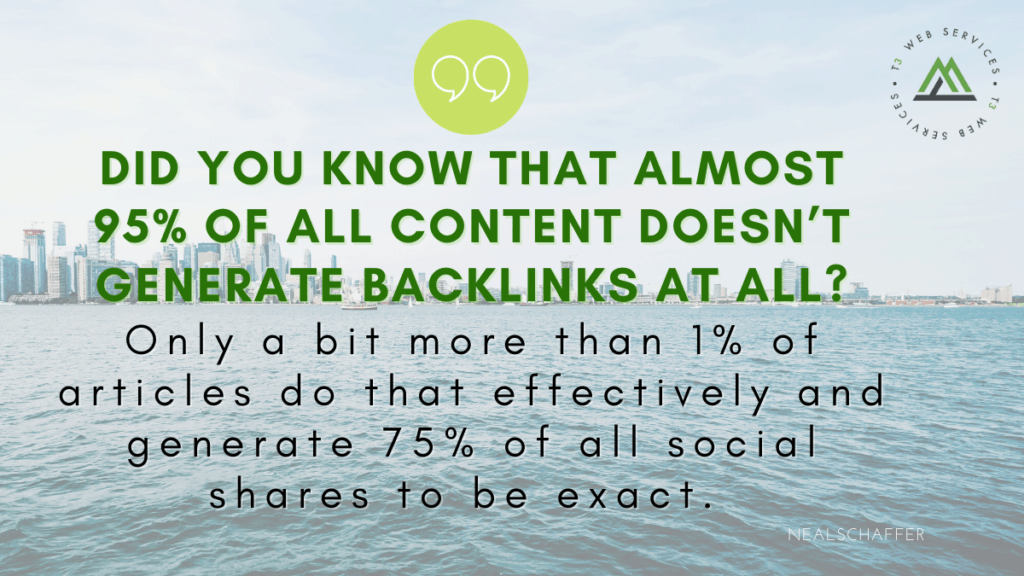

It’s now apparent that there is no need to create a lot of great content to get success. Most significantly, we need to help our audiences find our well-crafted and useful content. Without distributing it properly, we can’t win a battle.
In this article, I am going to show how to promote and distribute your content in the right way. Let’s dive in.
1. Audit Your Website
Before promoting and distributing your website, it does make sense to make sure that it is SEO-friendly and has a good UX. Unfortunately, a lot of marketers skip this step that can prevent you from achieving good results. That’s why it’s important to double-check your website before you get down to content distribution and promotion tactics.
Here are some basics you should focus on:
- Test your website’s loading speed on all devices.
- Check out whether your media library has image files that are smaller than 2MB. If you have larger than 2 MB, try to use compressing tools to optimize your images.
- Make sure that your website looks attractive on both desktop and mobile versions.
- All your website pages should be accessible to search engine crawlers.
- Choose an SEO-friendly CMS and mobile-friendly theme for a kickoff.
- Finding all possible technical errors from hreflang tags to duplicates.
To conduct a detailed website audit and better understand which mistakes are critical, you can use SE Ranking’s Website Audit tool to point out all errors that you need to fix including all issues mentioned above.
You can also use different Google tools such as Google Page Speed and Mobile-friendly tests to debug performance issues and get actionable tips on how your page may be improved.
2. Create Amazing Content
Once you make sure that your website is SEO-friendly, you need to create great content to rank on Google. We know well that it’s not enough to write a pure text, adding infographics, images, or video can add more value to your content and help you promote your brand well.
When you understand which kind of content you want to create next month, try to put it all together and start creating your content plan. That can help you control the overall content creating process and evaluate which one performs the best with time.

https://nealschaffer.com/content-distribution-promotion/
How content can help companies create consumer habits
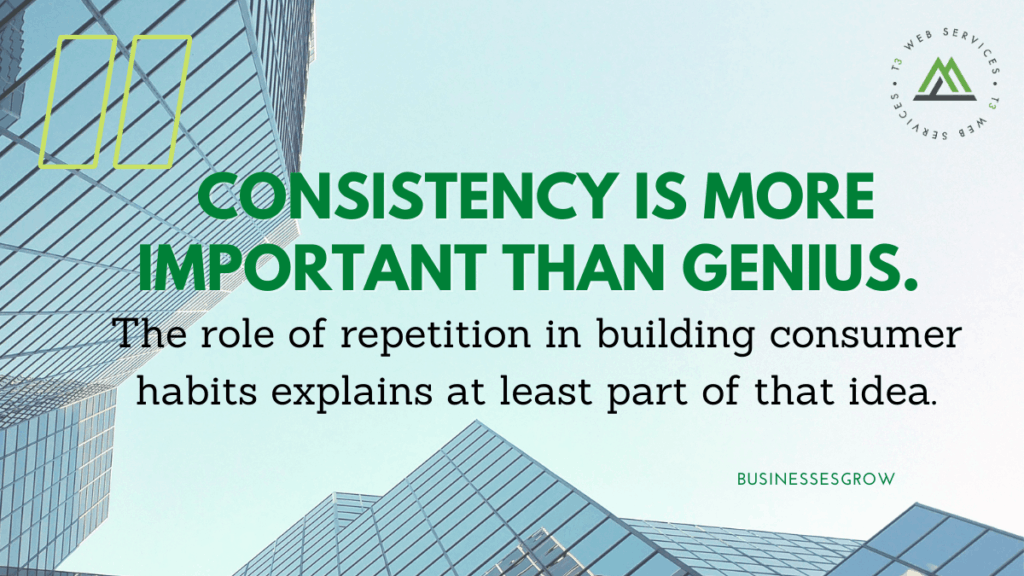

The idea of building and reinforcing new consumer habits is an extremely complicated subject and I don’t want to minimize that, but I do think content can play a role in the process. A new habit begins with a trigger and is reinforced through repetition. That’s an important lesson for content marketers regarding quality and quantity.
Quality is a trigger for new consumer habits
Quality acts as a trigger. In this world of overwhelming information density (Content Shock) it’s extraordinarily difficult to earn that initial attention. This why having superior quality – at least the best in your niche — is essential.
Think about that rare and precious act of subscribing to a new blog, podcast, or YouTube channel. Why did you do it? The answer is easy — The content made you go “wow!”
In my college classes and corporate workshops, I teach that content that cuts through the clutter is “RITES:”
- Relevant – It aligns with the interests and values of an audience
- Interesting — It’s worthy of their time and perhaps worthy of a conversation.
- Timely — It helps them understand some part of their world or a current event in a new context.
- Entertaining — It’s easy to consume and enjoyable
- Superior — It’s consistency the best in its class.
This a concept I’ve taught for years and I think it holds up well today.
If you unsubscribe to something, it’s normally because the content probably failed you in one of these categories.
But that’s only part of the equation. You also need to build that new habit over time …

https://businessesgrow.com/2020/11/09/consumer-habits/
How to Create Meaningful Engagement on LinkedIn: 3 Tips
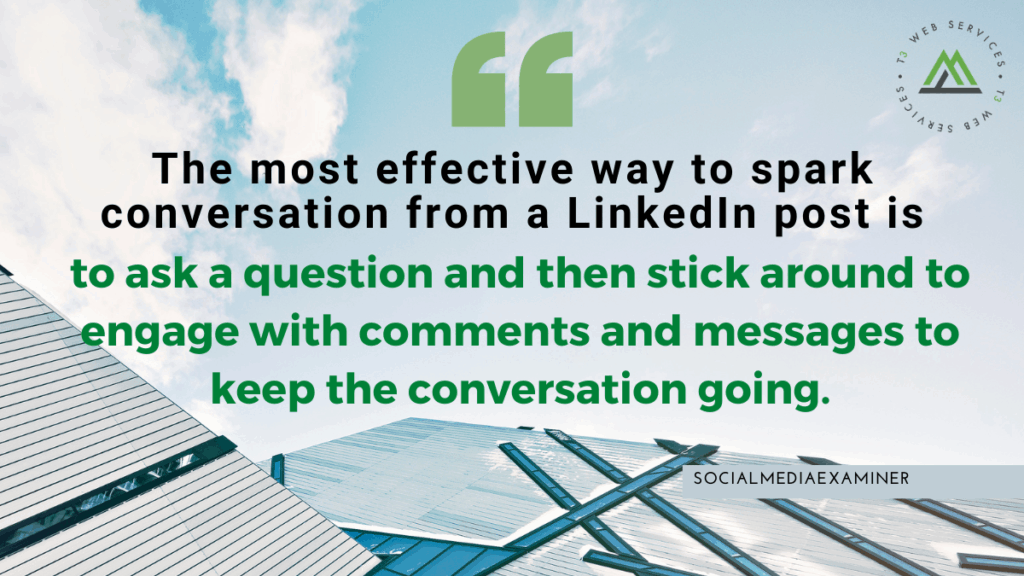

Want to create deeper relationships with people on LinkedIn? Wondering how to encourage purposeful conversations with the people in your LinkedIn network?
In this article, you’ll discover three tips to spark conversation on LinkedIn via connection requests and feed posts.
#1: Compose Conversational LinkedIn Connection Requests
If you want to connect with someone on LinkedIn with no prior meeting or conversation, it can be helpful to follow them first before sending them a connection request.
Following someone on LinkedIn allows you to see their posts and articles on your home page without being connected to them. It’s only a one-way relationship; they won’t see your posts or activity in their feed or notifications.
Following first can be a useful way to gather insights about a person and their business so you have something to mention when you approach them to connect on LinkedIn. A personalized invitation with a positive comment and perhaps highlighting a common interest will grab their attention and make a great first impression. This helps you stand out from the impersonal, generic “I want to join your network” messages.
If you view someone’s LinkedIn profile and wish to follow them, don’t click on the blue Connect button. Instead, click the More icon at the top of their profile and select Follow from the drop-down menu.
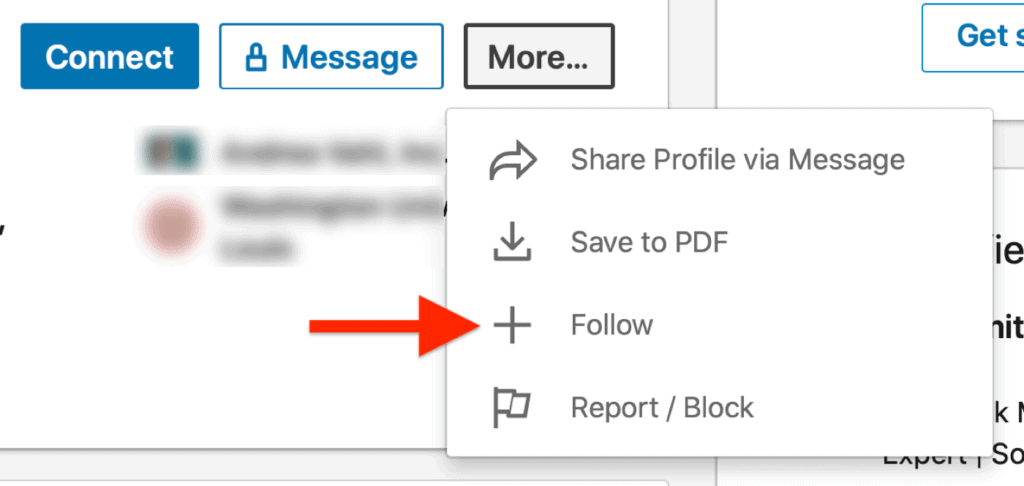
They’ll receive a notification about your follow but they’re not required to take any action.
Pro Tip: Some LinkedIn users have Follow as a default option on their LinkedIn profile. If you see this instead of the Connect button, you can just click/tap on this option to follow the user. When you’re ready to connect, click the More button and select Connect from the drop-down menu. Note: LinkedIn users are limited to following 5,000 people who aren’t connections.

https://www.socialmediaexaminer.com/how-to-create-meaningful-engagement-on-linkedin-3-tips/
How user-generated content can be more powerful than influencer marketing campaigns
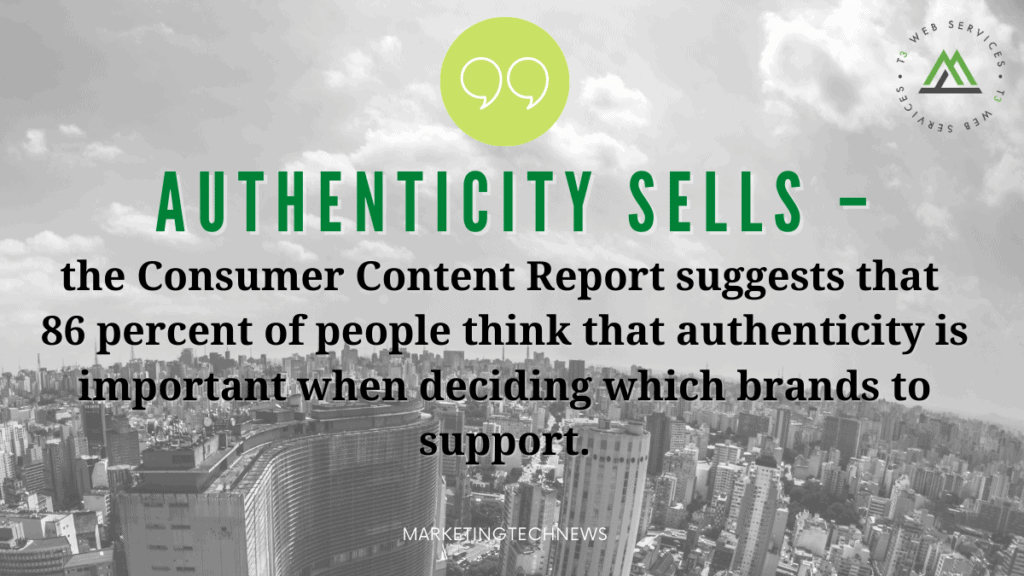

The future of authentic marketing lies with the consumer itself, allowing them to create the content that sells and appears authentic by creating an opportunity to share their quality experience and use of your product. The report concludes that UGC is the most influential form of content on the internet.
But how is this content generated? And how can we encourage our customers to create it? We share the best techniques to driving UGC to its full affect and help you show your business’ true authentic self.
It starts with something good
To drive positive UGC, the first step is to make your product or service something that is worth talking about. The work starts with a good customer experience. A 2016 report found that 75 per cent of customers will share their positive experience with a brand. If you believe that every product or service you produce is a good one, then you have the potential of three quarters of your customers expressing their satisfaction in a public domain by driving UGC.
Creating a forum to share reviews of your product will allow potential customers to see how your business makes a difference. Furthermore, sharing this information on your advertising platforms allows you to take reviews and stories by customers and turn them into case studies of your amazing work.
By sharing customer testimonials on your own social media platforms, you can build your customers’ trust in the brand and product.
Promote your customers
User content isn’t made by chance and goodwill. You can still campaign for content to be generated through organised marketing campaigns. Incentivising the creation of UGC allows businesses to quickly receive content and positive stories to share with potential customers by offering a prize for the best creations or liked posts.
The prize needn’t be expensive, with authoritative brands offering features on their Instagram or website as the acclaimed reward for sharing their ideas. A product giveaway can also be a suitable investment to generate content from users, build your following, and raise brand awareness.

40% of marketers now use shoppable video ads, underpinning ‘storeless’ economy
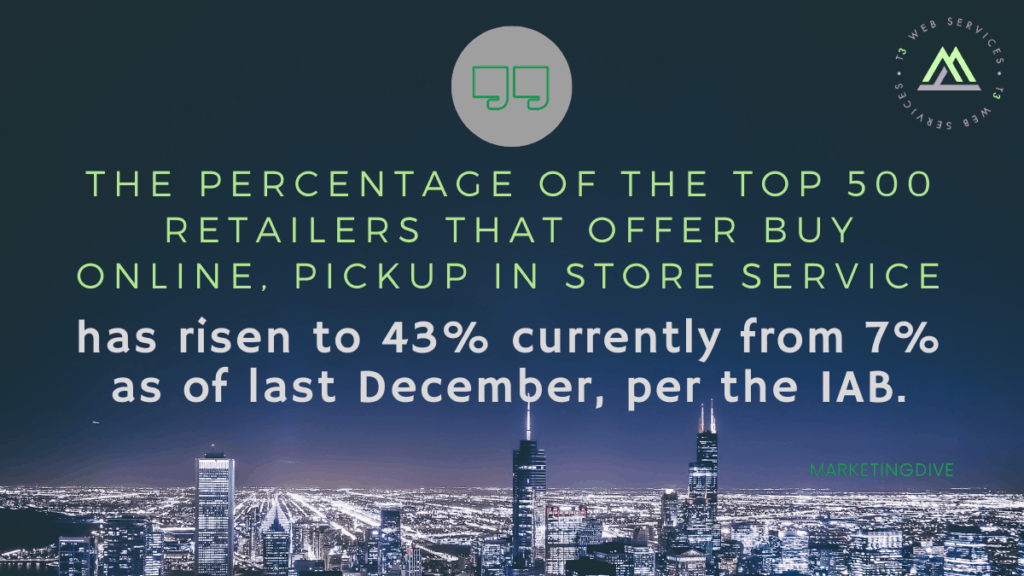

Dive Brief:
- The coronavirus pandemic has accelerated a shift from the brick-and-mortar consumer economy to a “storeless” environment by as much as 500%, permanently altering the brand value chain, according to a new report the Interactive Advertising Bureau (IAB) shared with Marketing Dive. The trade group’s “Brand Disruption 2021” findings cite data showing that store closings in the U.S. will nearly triple to 25,000 this year from 9,300 last year, challenging brands to reach consumers directly through digital channels.
- Directly “shoppable media,” such as livestreams, social commerce, virtual consultations and shoppable ad formats, will be the fastest-growing advertising categories in the near future as retailers and brands seek to reach consumers who are more likely to shop online, per the IAB. Livestream-generated sales are expected to double to $120 billion worldwide this year.
- The percentage of marketers who use shoppable video ads is set to grow to 40% this year from 33% in 2019 and 25% in 2018 as advertisers seek to boost direct sales. Marketers expect to increase their media spending on paid search 26% this year and on social media 25%, making those channels the fastest-growing categories in digital, the IAB found.

Using customer insights to create better digital experiences: A guide
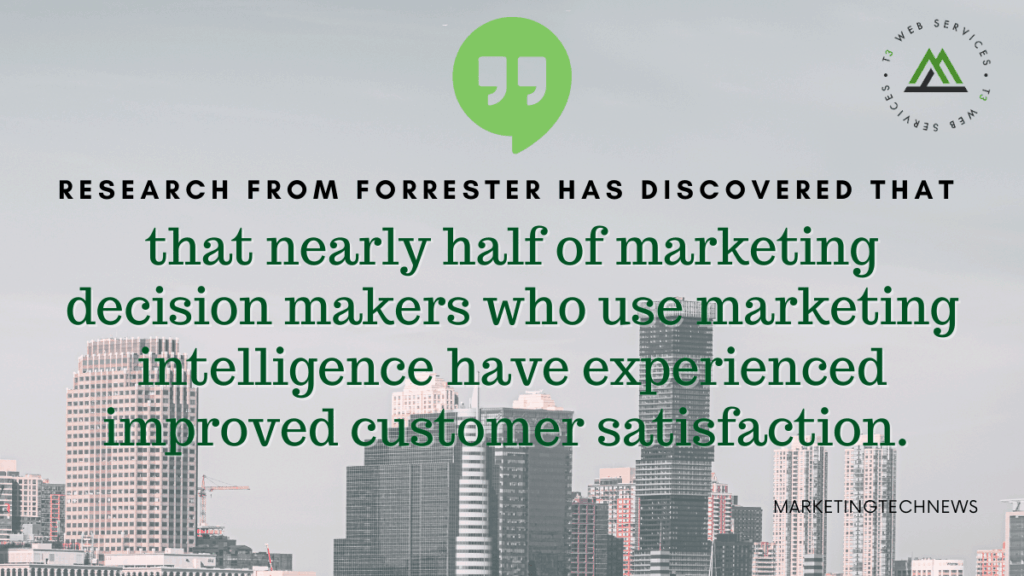

The introduction of social distancing measures brought on by the Covid-19 pandemic has underlined the need for digital connectedness — with both consumers and B2B buyers pushed to purchase products online.
This means that the ongoing shift to digital customer experiences has rapidly accelerated, and those brands that fail to deliver seamless experiences online are at risk of falling behind.
Many businesses are working to adapt, but they are doing so with budgets under significant pressure given the current economic uncertainty.
However, brave boards are providing extensive backing for immediate investment in digital channels to reinvent experiences that are more personalised, adaptive and individualised to each customer.
They know that in doing so, they can extend empathy and understanding and delight customers in a way that will show a notably positive impact on growth, loyalty and brand advocacy.
According to our research, nearly all digital leaders believe that personalising content on their website has increased their company’s revenue. Almost half (46%) also believe they receive a better experience when a company personalises content based on their history, behaviours and personal information. They see the impact of personalised experiences on their company’s revenue and recognise the importance of emulating these across their own websites.
Addressing the customer centricity gap
While decision makers recognise the importance of personalised experiences, there’s currently a customer-centricity gap, with 71% admitting that their digital experience does not meet the expectations of their customers.
That doesn’t mean that the other 29% are getting it right either, rather they are unaware of the gap. Similar research noted that 82% of B2C companies reported that they were customer centric, but only 18% of their customers agreed.
The opportunity is not just to build better relationships with existing customers. The pandemic has thrown all kinds of norm out of the window — including pre-existing loyalties, purchase habits and content consumption behaviours.
There are millions of new customers up for grabs, but only if their new needs can be understood and met.
Digital teams need to be able to answer key questions like “who is engaging with my content?”; “what are they trying to achieve?”; “how are their needs and preferences changing?”. They must also understand how they can automate relevant content experiences and build a capability in their business expand this further.



Leave a Reply